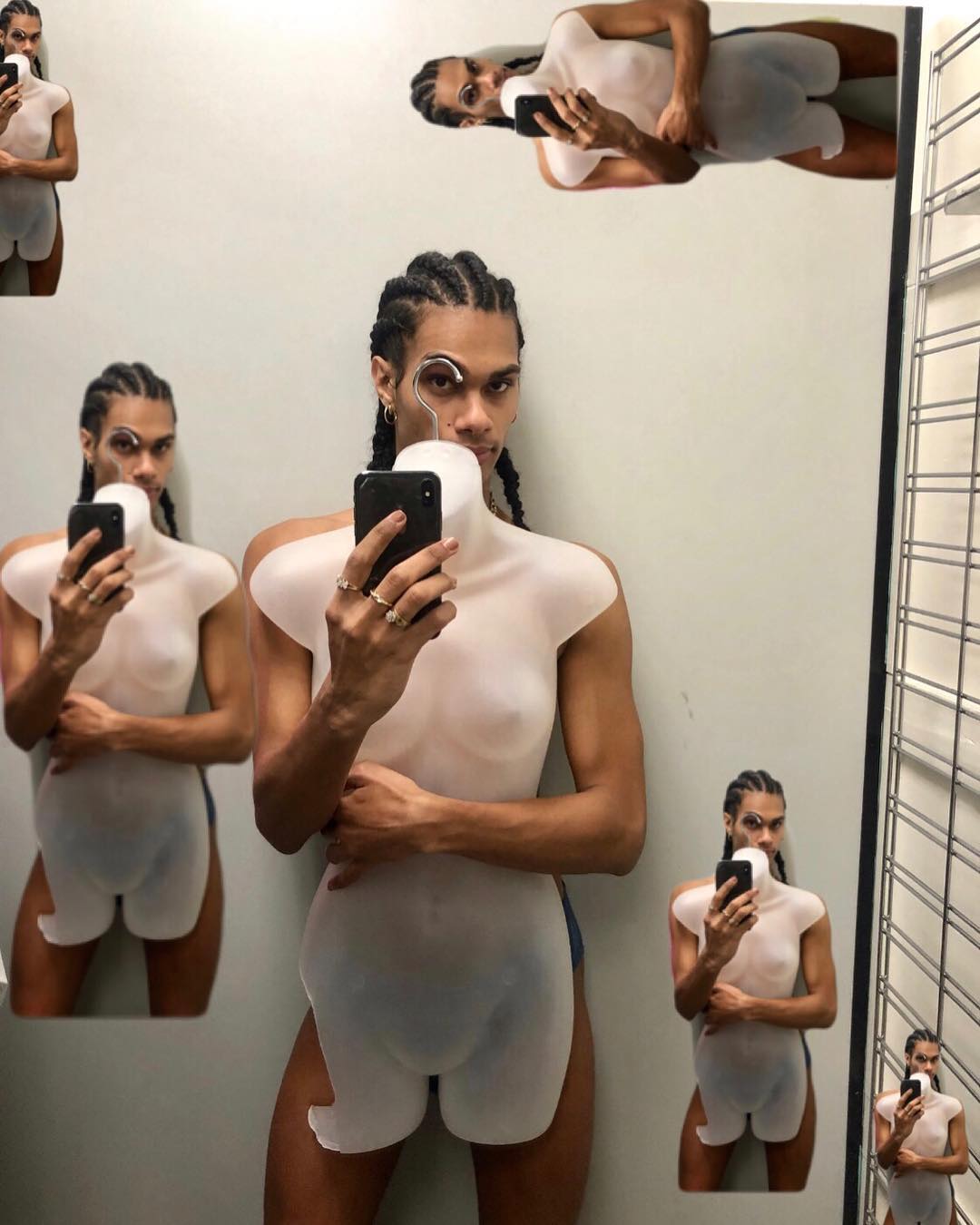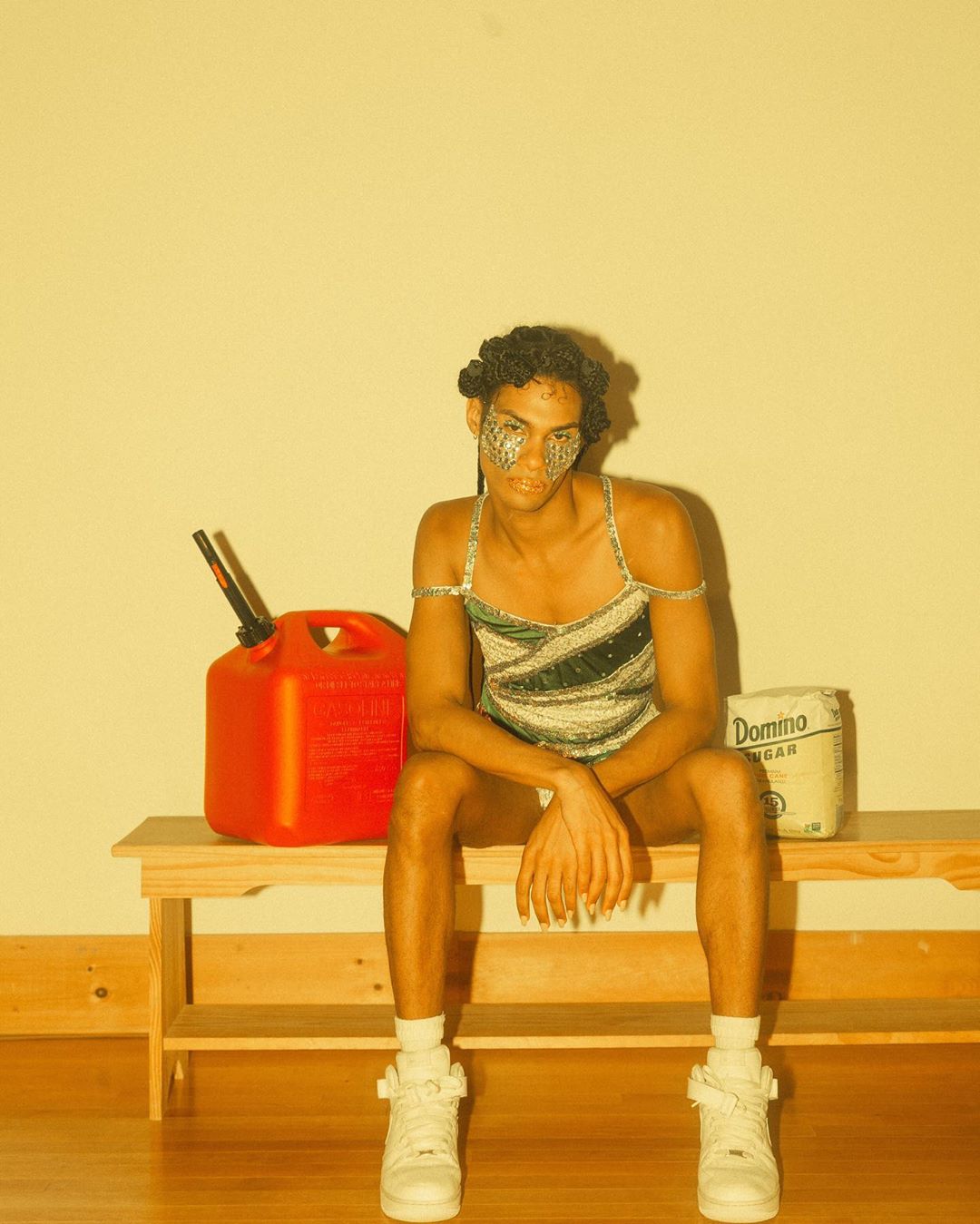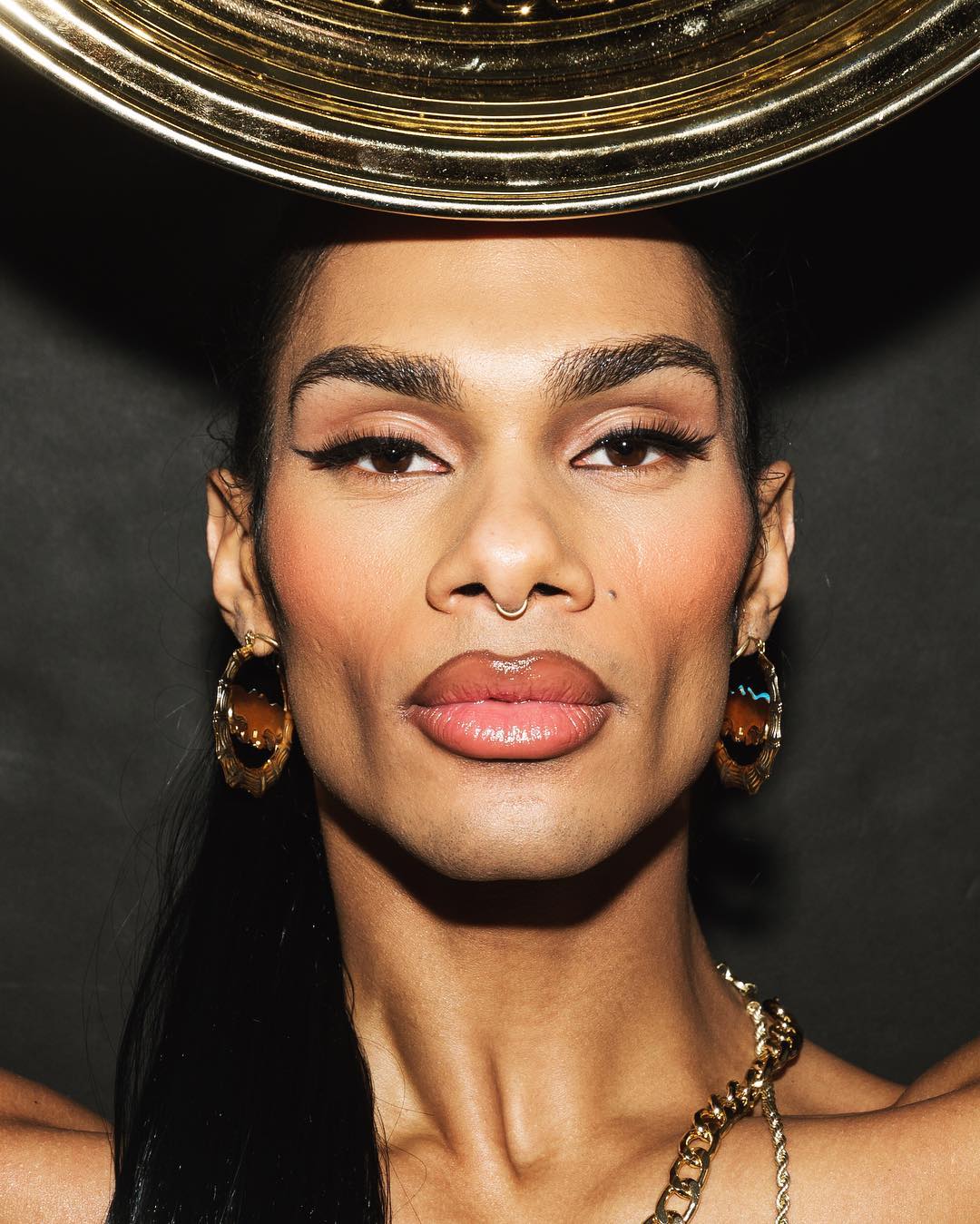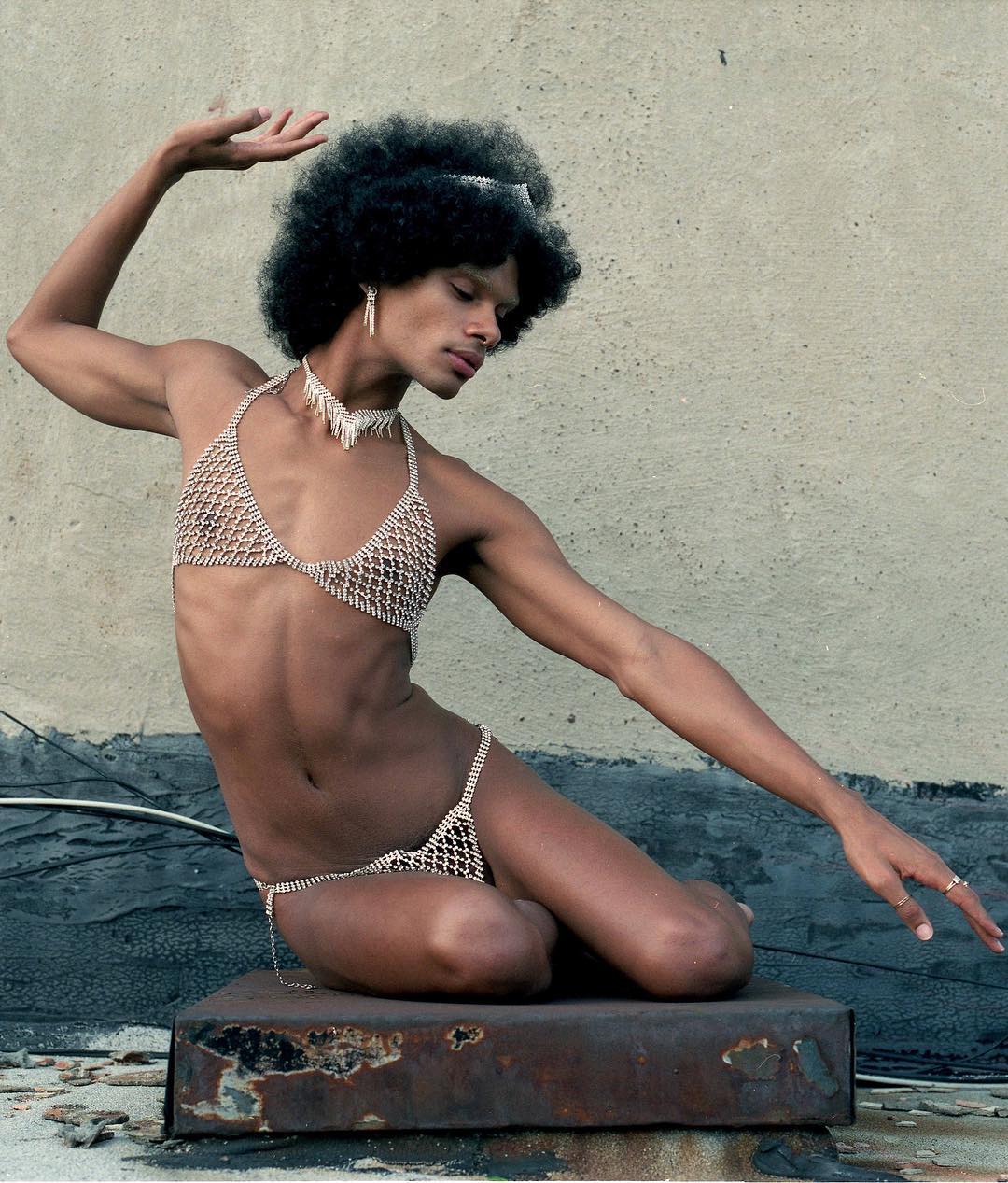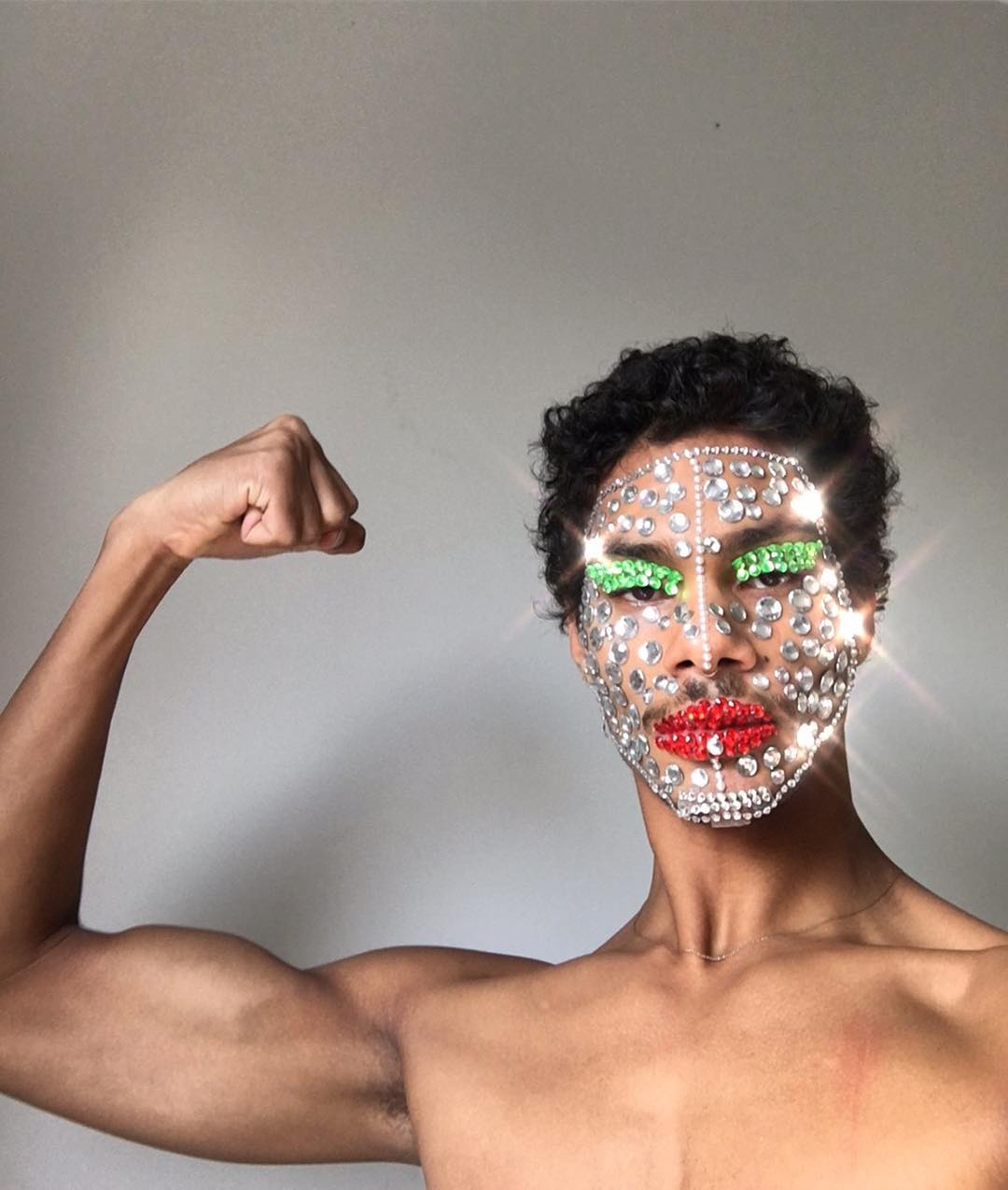Zachary Tye Richardson
Zachary Tye Richardson, a Brooklyn based artist, who is living and exploring his creative concept through movement design that is created for the viewer's personal interpretation. It’s all around the voice, theatre, movement, and fashion. Zachary is performing right now several shows of his series “Queer Offering“ in the Postmasters Gallery in New York, following the line “He got a lil’ sugar in his tank“ - that is responding to homophobia from his childhood years. Zachary took some minutes for an interview with Coeval, check it out below!
Zachary, which 5 characteristics would describe you the most?
I think of myself as balanced, instinctual, kinetic, aware, and amorous.
When did you start creating and following your own style?
I am not sure that I follow my own style because it is constantly evolving. But ever since I can remember, I have been playing in fashion. Putting things together from household items to things at the local dollar store. Middle school was my first memory of discovering accessories. I was crazy about Spongebob, SquarePants and being in the Florida public school system, we were required to wear a uniform. So I took it upon myself to drench myself in accessories to reflect my self-expression. This included a Spongebob bookbag, belt, necklace, bracelets, shoe strings and I even went so far as to tie Spongebob hair barrettes on my fingers as rings.
Through your work, which message do you want to spread around the world?
Where there is flesh, there is malleability. When there is malleability, there is endless availability. This concept is quite captivating and makes the mind wonder: How many pliant ways can I discover in this lifetime? Are there more methods to be found eternally? These inquiries are of great importance, so I continue to dig. Shovel to soil, I plow to find the root of my inner rhythm. To find this internal generating machine and discover what makes it tick, to find the score of my instrument and reveal the frequency of its tock. It is my assignment to uncover the formulas that create facility in the body’s positive space. This is not so simple but the investigation comes with virtue. These hypotheses are calculated numerically and are not chronological. Nonlinear process has unveiled the opportunity for choreography to be able to have organic qualities. Therefore, the mind is accessible to its environment and body. The objective is to vacate the mind so joints are able to work inside out, the skin capable of molding around the frame, and the face adept to express the consequence of these actions.
Can you tell us something about your project ”Black Parade”?
Black Parade is a proclamation of African American elation and an antagonistic view of the conventional “angry black attitude”. This work investigates the camaraderie in a neighborhood of people coming together to celebrate a legacy and show gratitude for accomplishments in their culture. As a consequence, youth dance troupes used rhythm to express the glorification of the black body. Black Parade is a response to the kinesthetic representation of public movement in the Martin Luther King Jr. parade held in Lakeland, Florida. An excerpt of Black Parade was shown at Gibney New York through the Work Up residency in March 2019. I am currently looking for support on this work to premiere the full production it requires.
How do you start a new project? For example your latest one: ”Available body”
I am inspired by publications in many ways. Images and headlines leave an imprint. Most of the time my work is a personal protest. I choose to stand up for things that I deem unlawful in my community. Available Body was presented in 2018 at Long Gallery Harlem NY. I was researching the portrayal of bodies in media and gestures that coincide with that. It was a solo durational work utilizing an installation that used an entertainment center as a reference point. Currently I am taking it a step further by inviting queer people of color in my practice. The new iteration of this performance series is entitled Available Bodies and is an exploration of gender identity. I am conducting interviews with trans, non binary, and cis gender POC to compare perspectives of the body.
You performed in NYC the piece “Fruitcake” - how can we imagine your performance?
“Fruitcake” is an experimental performance researching the relationship between kindred spirits. The performer relates to the subject through the decorum of the Deep South. This piece delves into the psychological perspective of one presenting a facade in public and living their truest form in privacy. With these traits, movement develops from gestures, demeanor, and style from the subject. Imagine a queer brown body: crystalized, alive, and jumping.
During your childhood you were confronted with homophobia. In your new project ”Queer Offering” you will pick up this topic. Do you have a preview for this upcoming project for us that you want to share here?
Yes, I was told that I had sugar in my tank growing up. We also drank sweet tea in our household. In this work I use the tea as a metaphor to the gay slur referencing sugar. Here’s a sample of the text that is lip synced during the performance: “If you ain’t put 2 bags of DOMINOS sugar into your sweet tea… Or if my feet ain’t feeling numb at the bottom and I’m in danger of dropping 2 toes off in my shoe or 3 toes… Bitch that tea ain’t sweet! So don’t brang me none of that mutha fuckin’ God damn tea to the table, cus’ that’s not sweet tea. I’ma say it again. If don’t gotta take an insulin shot before AND after I drink that tea, IT’S NOT SWEET TEA. So don’t gimme none of that shit. You hear what I say?! Aight.” -Ts Madison.
If you have 20 seconds on American TV, what would you scream into the camera?
STOP KILLING BLACK TRANS WOMEN.
courtesy ZACHARY TYE RICHARDSON
interview KATI WEISSMANN
What to read next



